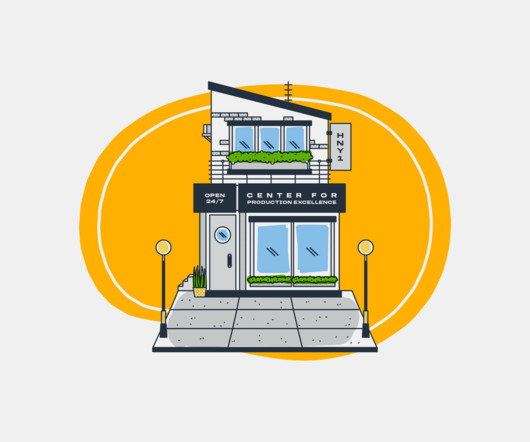Nurturing Design in Your Software Engineering Culture
Strategic Tech
MARCH 16, 2021
Martin Fowler argues that internal quality of a software system enables new features and improvements to be delivered more sustainably. If you’re interested in improving the design mindset in your engineering culture, I hope that the following techniques provide you with some food for though. It can be a cost-effective approach.
















Let's personalize your content